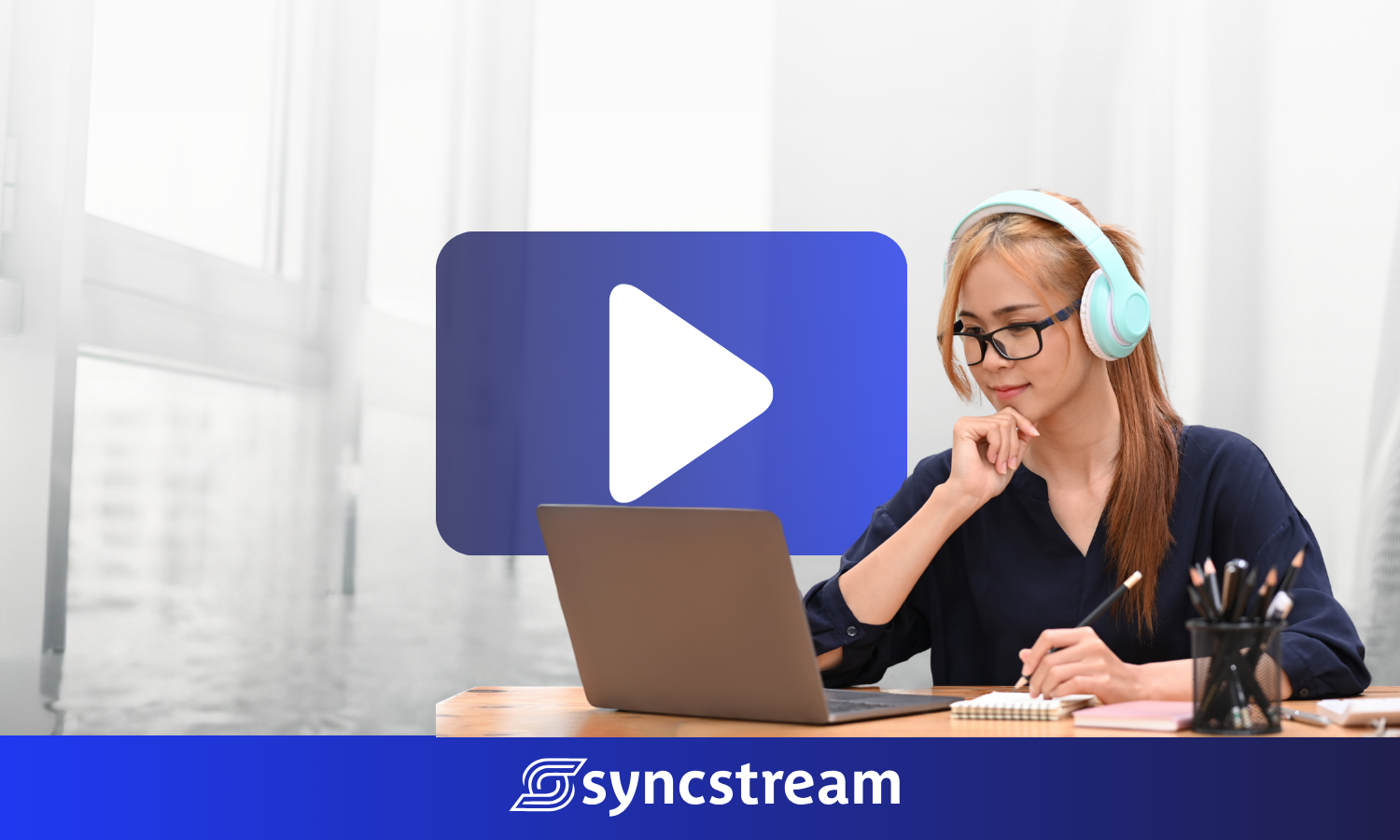How Applicable Large Employers Can Simplify Compliance with a Robust Software Solution
Key functionalities a software solution should possess to navigate the Employer Mandate effectively and avoid costly IRS penalty fines

The employer mandate of the Affordable Care Act (ACA) brings significant responsibilities for applicable large employers (ALEs). Compliance entails meticulous data gathering, calculations, tracking, repetitive tasks, accuracy assessments, and documentation of actions taken. To streamline this complex process, ALEs can use software solutions designed to handle ACA compliance.
This blog post will explore the key functionalities a software solution should possess to navigate the Employer Mandate effectively and avoid costly IRS penalty fines.
Tracking Employees:
A comprehensive software solution must be capable of tracking employees using the look-back or monthly measurement methods. These methods help determine employees' eligibility for health coverage based on their average hours worked. ALEs can accurately assess compliance with ACA requirements by employing these tracking mechanisms.
Handling Multiple Locations:
Tracking employees across multiple locations can be challenging for ALEs that are part of an affiliated or controlled group. An ideal software solution should have the capability to handle this complexity, ensuring accurate tracking and reporting across all locations. This feature facilitates seamless ACA compliance for organizations with a dispersed workforce.
Accurate Accounting for Special Circumstances:
FMLA breaks in service, the 13-week rehire rule, and the extended breaks in service for educational institutions which address sabbaticals presents unique challenges in ACA compliance. A robust software solution should be able to account for these situations accurately, ensuring that the tracking and reporting of employee coverage remain precise and compliant.
Maintaining Historical Employee Tracking Records:
ACA compliance involves years of monitoring and reporting. Consistency, accuracy, and quick retrieval records can only be offered by a software solution maintaining comprehensive historical employee tracking data from the beginning of ALE's ACA compliance efforts. This functionality provides a complete audit trail, bolstering compliance efforts.
Determining Affordability Calculations:
One of the critical aspects of ACA compliance is determining the affordability of health coverage. A reliable software solution should programmatically determine which plan has the lowest required employee contribution for self-only coverage. In addition, the software should update the annual percentage threshold provided by the IRS to formulate the calculation. These features streamline the affordability calculation process, ensuring compliance with ACA regulations.
Support for Safe Harbors:
Accuracy regarding affordability determinations is critical. Therefore, the software solution should support all three approved IRS safe harbors, including W-2, Rate of Pay, and Federal Poverty Line. These safe harbors provide three options for determining affordability, accommodating different scenarios, and offering flexibility to ALEs in meeting compliance requirements. They are the only methods an ALE may use to determine affordability under the law.
Complete Population of 1095 / 1094 Forms:
Accurate and comprehensive reporting is essential for ACA compliance. The software solution should be capable of populating all parts of the 1095 form, including Lines 14, 15, and 16, using legally vetted Indicator Codes, and determining if Part III should be filled out due to offering a self-funded plan. The solution should also be capable of populating all parts of the 1094 Form, including the accurate calculation of lines 18, 20, and Part III, and, if the ALE is part of an aggregated group, listing in descending order those associated EINs in Part IV. By automating this process, ALEs can reduce the risk of reporting errors and potential penalties.
Continuous Auditing: Flagging Potential Issues:
To guarantee error-free reporting, the software solution should flag 1095-C forms that contain potential issues related to missing data or data that may trigger penalties for an employer. This proactive approach allows ALEs to address and rectify potential compliance issues promptly.
E-filing and Correction Submission:
Efficiently submitting ACA forms to the IRS and individual states (as required) is essential. The software solution should provide the capability to E-file directly with the IRS, ensuring timely and accurate submission. Additionally, it should allow ALEs to submit corrections during the E-filing process through its user interface, providing real-time IRS / State responses for status and receipt ID. Streamlining the correction / e-file process will significantly reduce administrative burdens.
Prior Year E-filing Support:
ACA compliance also involves reporting for previous years. The software solution should offer the functionality to E-file for all prior years, allowing ALEs to address any special compliance requirements and maintain accurate records.
Full Auditability:
Auditability allows ALEs to proactively realize their potential penalty risk in real-time for both the 4980H “A” and “B” penalties. A robust software solution should provide comprehensive audit trails for tracking, reporting, and resolving issues when responding to the IRS that offers a ledger log of what, when, and by whom data was added, removed, or edited. This feature ensures transparency and helps ALEs verify compliance efforts during internal audits or in the event of external inquiries.
IRS Penalty Response Letter Generation:
In the case of receiving a Letter 226-J penalty letter from the IRS, the software solution should enable ALEs to generate a response letter. This capability facilitates effective communication with the IRS, allowing ALEs to address penalties or provide the necessary documentation to resolve compliance issues.
In Conclusion:
Navigating the employer mandate of the Affordable Care Act is complex. Every month an ALE urgently requests immediate assistance for an IRS penalty due to non-compliance. Upon investigation, most of those penalties would have been easily avoidable had the employer been aware of and able to fix the issue(s). IRS penalties could amount to millions for a relatively small ALE of 150 employees. Staying updated on the Affordable Care Act regulations, specifically the Employer Shared Responsibility Mandate, is a giant undertaking. Staying compliant requires annual updates to form and electronic filing specs, calculation formulas, indicator codes, and their application, not to mention the gathering, assessment, and interpretation of all data needed to accurately populate the 1094 and 1095 forms in preparation for e-file to the IRS. The risks of non-compliance are too significant.
However, with a robust software provider like SyncStream and
HRLogics, ALEs can streamline their compliance efforts, automate tracking and reporting tasks, ensure accurate adherence to various compliance requirements, including ACA regulations, and ensure compliance is followed. By confirming that the functionality of the software solution aligns with the critical needs mentioned in this blog post, ALEs can simplify their ACA compliance journey and focus on their core business operations worry-free, knowing they remain compliant.
About SyncStream
SyncStream maintains a tenured, knowledgeable staff who continually monitors changes to the employer mandate regulations and updates solutions as laws evolve. SyncStream removes the burden of ACA compliance and provides penalty risk assessments and suggested corrections to reduce your company’s risk of high IRS penalties. Subject matter experts utilize SyncStream’s user-friendly compliance software to track employee hours, auto-populate forms, audit forms, and e-file for thousands of ALEs. SyncStream’s Full Service Total ACA solution can simplify your ACA compliance needs.




